We've found 1000 matches for your search. Order by
Results
-
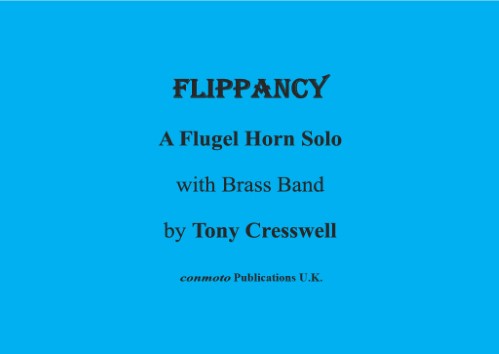 £27.50
£27.50FLIPPANCY (score & parts) - Cresswell, Tony
If you require further information on FLIPPANCY (score & parts), please
In Stock: Estimated dispatch 1-3 working days
-
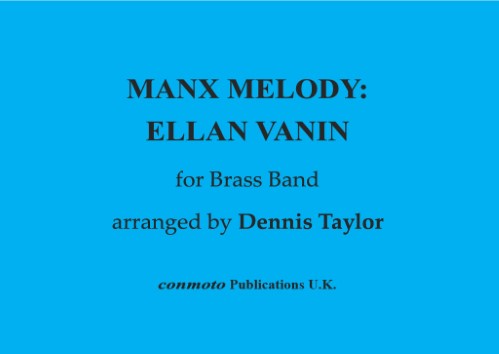 £22.95
£22.95MANX MELODY (score & parts) - Traditional
If you require further information on MANX MELODY (score & parts), please
In Stock: Estimated dispatch 1-3 working days
-
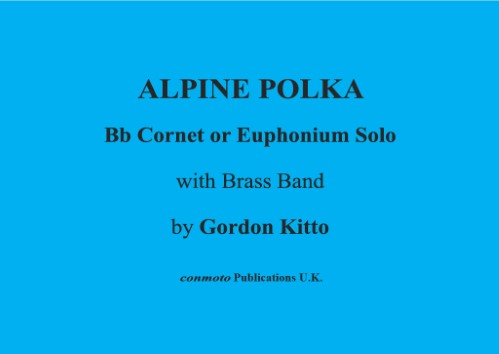 £8.50
£8.50ALPINE POLKA (score) - Kitto, Gordon (1923-2000)
If you require further information on ALPINE POLKA (score), please
In Stock: Estimated dispatch 1-3 working days
-
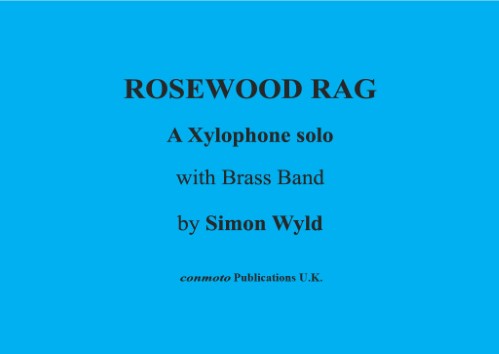 £27.50
£27.50ROSEWOOD RAG (score & parts) - Wyld, Simon
If you require further information on ROSEWOOD RAG (score & parts), please
In Stock: Estimated dispatch 1-3 working days
-
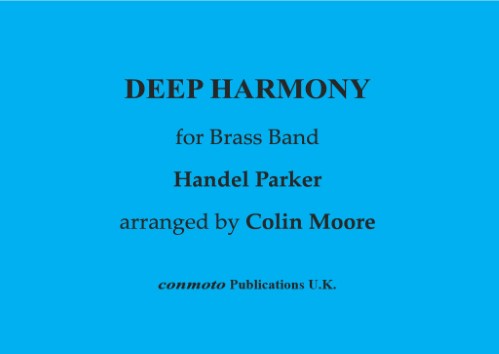 £8.50
£8.50DEEP HARMONY (score) - Parker, Handel (1854-1928)
If you require further information on DEEP HARMONY (score), please
In Stock: Estimated dispatch 1-3 working days
-
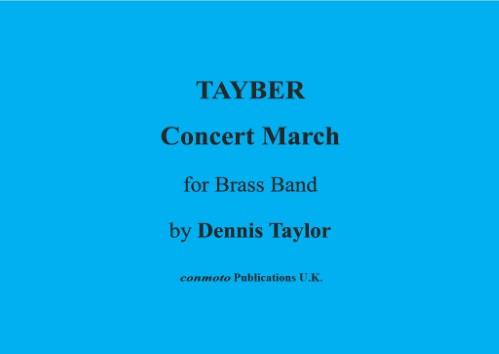 £37.50
£37.50TAYBER (score & parts) - Taylor, Dennis (1925-2021)
If you require further information on TAYBER (score & parts), please
In Stock: Estimated dispatch 1-3 working days
-
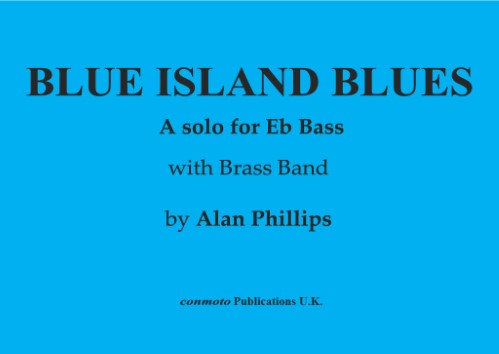 £8.50
£8.50BLUE ISLAND BLUES (score) - Phillips, Alan
If you require further information on BLUE ISLAND BLUES (score), please
In Stock: Estimated dispatch 1-3 working days
-
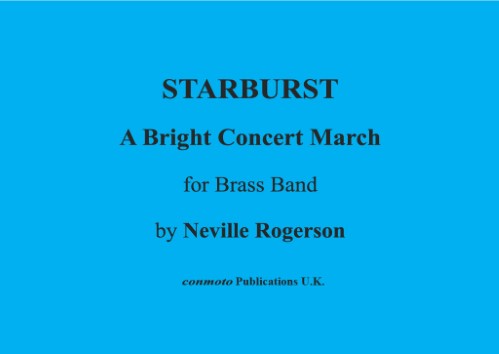 £37.50
£37.50STARBURST (score & parts) - Rogerson, Neville
If you require further information on STARBURST (score & parts), please
In Stock: Estimated dispatch 1-3 working days
-
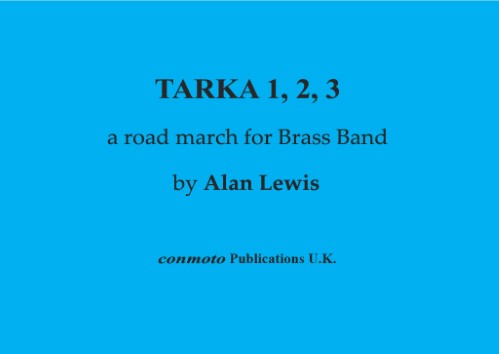 £22.95
£22.95TARKA 123 (score & parts) - Lewis, Alan (1948-2013)
If you require further information on TARKA 123 (score & parts), please
In Stock: Estimated dispatch 1-3 working days
-
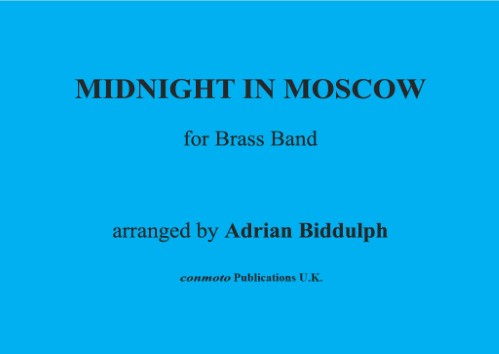 £8.50
£8.50MIDNIGHT IN MOSCOW (score) - Traditional
If you require further information on MIDNIGHT IN MOSCOW (score), please
In Stock: Estimated dispatch 1-3 working days
